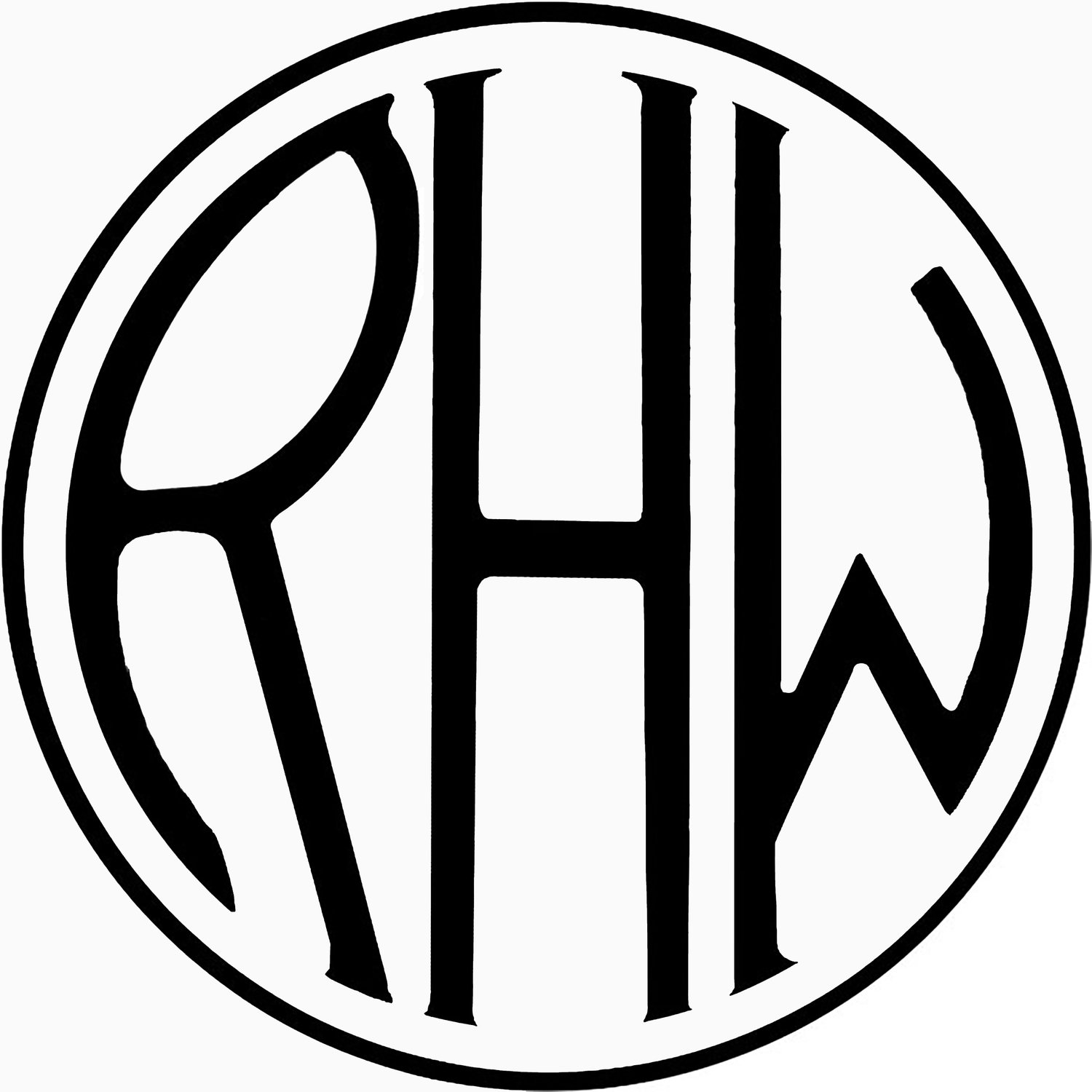Satellites, Planes, and Rockets
Sputnik
One cold clear morning early in October of 1957 dad and I parked the car on the side of Hwy 5 just west of Cardston. The sun wasn’t up yet and there were patches of ice on the pavement. We craned our necks, looking up at the stary sky, to see if we could spot Sputnik, the first artificial earth satellite that had been launched a few days earlier by the Soviet Union. Eventually we were rewarded when a faint shiny dot inched its way across the sky.
Bev Woslyng owned an electronics or electrical shop at the top of Main Street hill across from the Cahoon Hotel, where the Royal Bank now stands. He was somewhat of an electrical genius. He and his boys Max and Roger were also interested in control line model planes, and I loved watching them fly these planes in an open field just north of the Cardston Junior High School, around 4th Street East and 4th Avenue East.
I attempted to build my own gas-powered airplanes without much success.
A rubber band powered plane I built. This photo must have been taken on Sunday. I recognize the fast offering envelopes in my coat pocket.
Around this time, I became interested in model rocketry. Solid fuel rocket kits were available from Estes Industries and a company called Centuri. I was never able to acquire one of these rockets but did embark on the unreasonable project of building my own liquid fuel rocket using aluminum irrigation pipe. The undertaking was way above my skill level, and I abandoned it after fashioning a nose cone on the lathe and building the mixing chamber out of a piece of aluminum. The rocket was to be propelled by forcing furfuryl alcohol and white fuming nitric acid through the mixing chamber. The nitric acid would immediately oxidize the alcohol causing heat and explosive gas expansion.
Nitric acid is even more dangerous than the hydrogen balloon exploding caustic soda misadventure in the basement of our house.
I finally settled on the more benign undertaking of building plastic model cars which I displayed in the wooden show case that I built and hung on the wall of my bedroom.
When my grandfather, George Wolff, retired he gave each of his grandchildren $1,000 to be used for their education. I chose to apply my bursary towards obtaining a pilot’s license. I took my flight training at Fowler Aviation in Lethbridge. The first entry in my Pilot Log Book is dated August 5th 1967 when I went up for a demo flight in a Piper Cherokee 140. The flight instructor took off and then turned the controls over to me. After a short flight over the practice area west of Lethbridge he asked me to land the plane. I was surprised but was excited for the challenge. He talked me through the process, and we landed safely.
That summer I took a few lessons and then in the summer of 1968 I got serious about flight training and obtained my license. My final flight test was done under the direction of Moe Martin in between two hailstorms. About an hour before my test a twin engine Cessna was tipped up on one wing tank by a gust of wind while taxing around the corner of the hanger.
Moe Martin had been a WWII fighter pilot, had flown as a crop duster and was just starting as a commercial airline pilot with Time Air. I was glad for the shoulder harnesses because the ride was so rough, we would have easily been launched from our seats.
Early in September of 1968 I took Julie Williams on a flight over Cardston and then on toward Ft McLeod. She started getting airsick, so I decided to land at Ft McLeod. The WW2 airfield runways were still in place, but they had big XX’s painted on them to let pilots know that they were unsafe. I made one pass over the airfield and decided that I could safely dodge the broken pavement and potholes. We landed and I had someone from Cost Plus Equipment, dad’s business in Ft McLeod, come and pick us up so that Julie could use the washroom there to freshen up. I don’t recall how I contacted them.
Later that month I took three friends up in a Cherokee 180. The only note in my log book is “Spak”, so Tom Spackman must have been one of the friends. I wanted to show off a bit so I pulled the plane up into a stall. I had done this many times before in the Cherokee 140 with just me in the plane. This time with the heavier load one of the wings stalled before the other, the nose dropped, and the plane went into a spin. On the instrument panel was a warning that this plane wasn’t certified for spins. Another warning showed the maximum safe airspeed.
I kicked opposite rudder to stop the spin, no luck. I finally pushed the column forward to increase the airspeed, kicked the rudder and finally the column responded. We had exceeded the airspeed maximum and were dangerously close to the ground when I finally regained control. That was the last entry in my log book.
I recall flying in Provo after my mission but as I student I couldn’t afford the rental fees and never flew again. My career as a pilot was short lived.
October 4, 2024
This is an audio of the above article created by Google NotebookLM.






